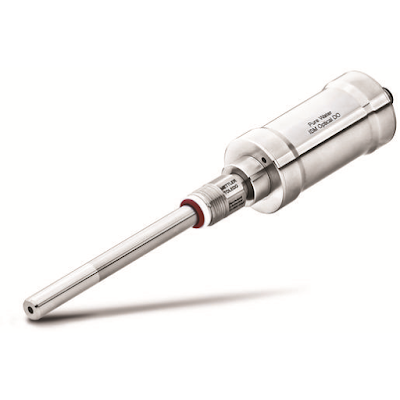What is a Temperature Data Logger?
Temperature data loggers are commonly known as temperature monitors which are devices designed to measure temperature within a period of time. Once the data is recorded, it can be sent to a central dashboard or digital system in which it can be monitored and analyzed.
These logging instruments are generally available as portable devices to help researchers, field technicians, and businesses perform the necessary measurements in an efficient and effective manner.
To learn more about a temperature data logger, we take a closer look at its uses and where it is commonly applied.
The Purpose of Temperature Data Loggers
Data loggers are primarily used in cold chain supply and storage with the goal of keeping track of the temperature during the shipment process. For food and pharmaceutical purposes, temperatures must be consistently maintained to guarantee its quality and safety. It is imperative for manufacturers and businesses that could suffer losses both financially and operationally if products are compromised because of a lack of monitoring.
With logging equipment, businesses can keep track of the temperature in different environments. It is important to choose reliable devices that have been designed and adapted for the particular setting.
What Does a Data Logger Look Like?
Data loggers may consist of a thermocouple that is meant to provide accurate measurement and the collection of information. These devices will take sample temperatures from the environment after which they will be transmitted to the system for recording, monitoring, and analytical purposes. These devices are set up in such a way that it can be connected to an external source for the transfer of information. This includes the use of USB connectivity or wireless transfer of data so that it can be shared with other analysts.
How to Choose the Right Temperature Data Logging Device?
To choose the right temperature data loggers, it is important to consider a few factors:
The device should always have the highest levels of reliability which means that it produces consistent results. This can prevent many problems in the future and provide confidence that it is performing the way that it should.
The battery life of logging equipment is another element that requires careful consideration. When the temperature is recorded over a period of weeks, you need reliable battery operation to prevent disruptions. The outdoor recording will also require lithium batteries that do not freeze over in winter when the temperatures drop.
Such devices should also be protected against excess moisture, humidity, and shock that would otherwise affect the measurements obtained. A closer look at each of these features can ensure that the correct type of device is chosen for the measurement of temperature.
When choosing temperature data loggers, take the time to consider the quality, the reliability, and the construction of the device. The best quality instruments are designed to provide the highest levels of accuracy with resistance against extremes in humidity, outdoor conditions, and the possibility of shock. Accurate devices will produce the highest levels of accuracy and efficiency ensuring that businesses are provided the reliability needed.

Comments
Post a Comment